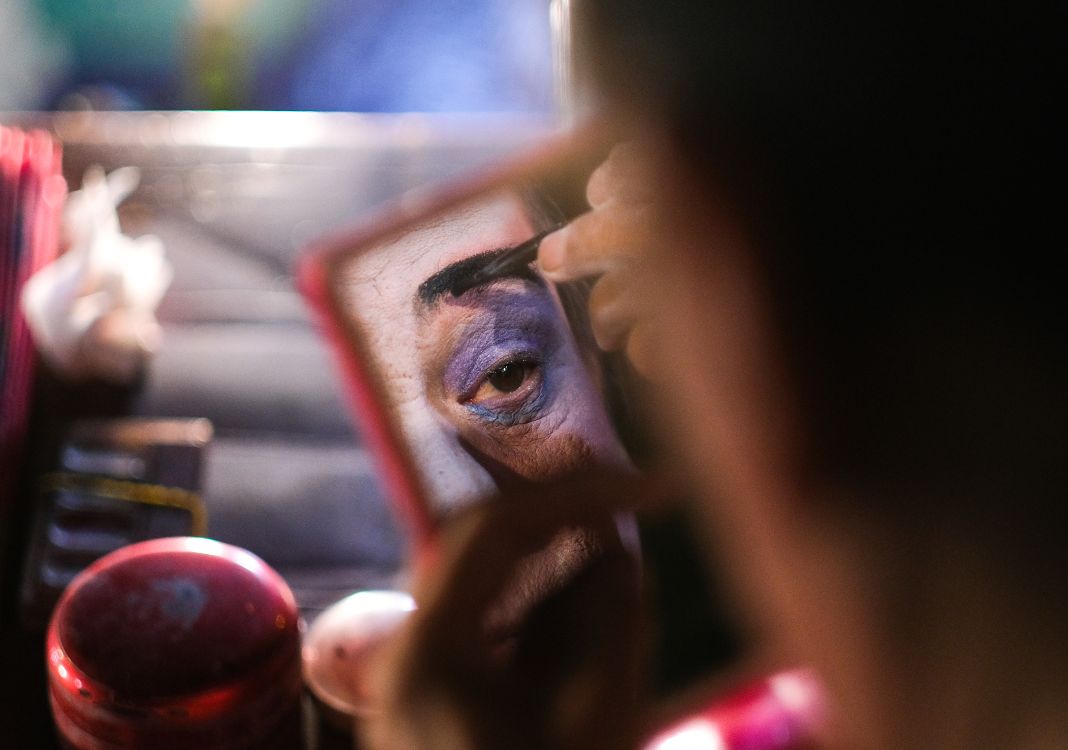Ngoc Khanh, a troupe performing hat boi, a genre of Vietnamese traditional drama, recently celebrated its 30th anniversary by presenting a special two-night show at Thanh Binh Tu Duong (Thanh Binh Ancestral Worship Hall) in Hue City in central Vietnam.
Hat boi, a.k.a. hat bo or hat tuong, has a long history as part of Vietnam’s traditional performing arts. According to some authors, the origin of this art dates back to five centuries ago first in the north before going down south as Vietnam expanded her territories. Hat boi is distinctive from other arts in that it is highly symbolic, from gestures of actors and actresses to their costumes. But the most outstanding features of hat boi is apparently face painting. Look at the face of a performer of hat boi on the stage and you’ll know immediately his/her characters and social status.
Once a favorite genre of art of Vietnamese, hat boi is now facing the same grim fate of many other traditional genres of theatrical arts as young viewers show little or no interest in it.
The venue of the performances, Thanh Binh Tu Duong, which was built in 1825, is a temple worshipping the founding fathers of this genre of art in Hue and in the central region. It is also the oldest temple which still exists for that purpose. The performances of Ngoc Khanh troupe could therefore be considered a “return to the roots,” or a “pilgrimage” of this troupe.
The two-night show performed by more than 50 artists was really a big treat to the audience of Hue.











By Hieu Truong and staff writers









